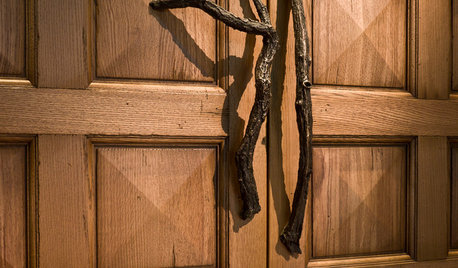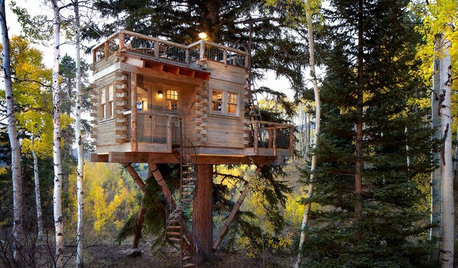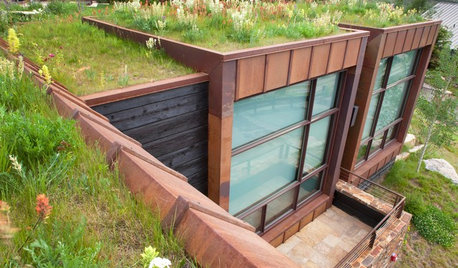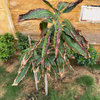Comparison of MH and LED light for mango growth
yellowthumb
12 years ago
Featured Answer
Comments (18)
nullzero
12 years agoohiojay
12 years agoRelated Professionals
Maple Valley Landscape Architects & Landscape Designers · West Milford Landscape Architects & Landscape Designers · Fillmore Landscape Architects & Landscape Designers · Manorville Landscape Architects & Landscape Designers · Bell Gardens Landscape Contractors · Burlington Landscape Contractors · Damascus Landscape Contractors · Del Aire Landscape Contractors · El Sobrante Landscape Contractors · Gallatin Landscape Contractors · Munster Landscape Contractors · New Berlin Landscape Contractors · Norwalk Landscape Contractors · Parker Landscape Contractors · Welby Landscape Contractorsstressbaby
12 years agolycheeluva
12 years agoyellowthumb
12 years agojsvand5
12 years agosamuelforest
12 years agoohiojay
12 years agosamuelforest
12 years agoyellowthumb
12 years agolycheeluva
12 years agojfernandez
12 years agotropicdude
12 years agoohiojay
12 years agosamuelforest
12 years agoyellowthumb
12 years agoJOHN CARSON
3 years ago
Related Stories

SUMMER GARDENINGHow to Grow Basil
Bright color, quick growth and endless uses for cooking make this summer annual a winner in the garden or a pot
Full Story
WOODWoodipedia: Make a Solid Choice With Oak
Forget those low-end products of old. Red and white oak today are beautiful, versatile and relatively inexpensive
Full Story
GREAT HOME PROJECTSUpgrade Your Windows for Beauty, Comfort and Big Energy Savings
Bid drafts or stuffiness farewell and say hello to lower utility bills with new, energy-efficient windows
Full Story
CONTRACTOR TIPSBuilding Permits: What to Know About Green Building and Energy Codes
In Part 4 of our series examining the residential permit process, we review typical green building and energy code requirements
Full Story
TREE HOUSESHouzz Call: Show Us Your Well-Designed Treehouse or Tree Fort!
Got a great treehouse or tree fort? We want to see it! Post yours in the Comments and we’ll feature the best in a future article
Full Story
PAINTINGKnotty to Nice: Painted Wood Paneling Lightens a Room's Look
Children ran from the scary dark walls in this spare room, but white paint and new flooring put fears and style travesties to rest
Full Story
LANDSCAPE DESIGNThe 7 Best Plant Types for Creating Privacy and How to Use Them
Follow these tips for using different kinds of plants as living privacy screens
Full Story
SAVING WATER11 Ways to Save Water at Home
Whether you live in a drought-stricken area or just want to help preserve a precious resource, here are things you can do to use less water
Full Story
MOST POPULARHow to Add a Backyard Shed for Storage or Living
Need a home office, a playspace or extra room for your stuff? Learn about off-the-shelf, prefab and custom sheds
Full Story
GREEN BUILDING6 Green-Roof Myths, Busted
Leaky, costly, a pain to maintain ... nope, nope and nope. Get the truth about living roofs and see examples from simple to elaborate
Full StoryMore Discussions








yellowthumbOriginal Author